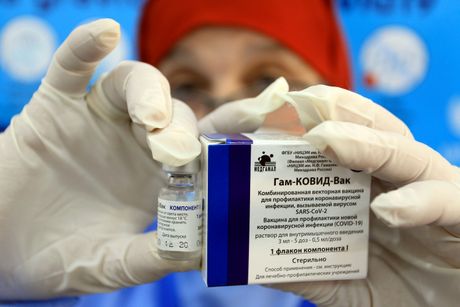Excellent news: Production of the Sputnik V Covid vaccine could start in May in Serbia's Torlak

The Russian Direct Investment Fund (RDIF) and the Torlak Institute of Virology from Belgrade announced today that they have reached an agreement regarding the production of the Sputnik V vaccine against coronavirus, which could start by May in plants in Serbia.
As Telegraf.rs has learned, production is scheduled to begin on May 17.
Serbia will thus become the first country in Southeast Europe to produce the Sputnik vaccine, which could later be exported to other countries in the region, said a statement published on the Sputnik V website.
RDIF Director Kirill Dmitriev expressed gratitude to the Serbian government for its constant support and trust in the Russian vaccine.
"Serbia was among the first countries in the world to approve Sputnik V and use that vaccine to protect the population from coronavirus. The production of the Russian vaccine in Torlak will facilitate logistics and help speed up the vaccination program in the country," Dmitriev said.
Serbian Minister of Innovation and Technological Development Nenad Popovic thanked Russian President Vladimir Putin and RDIF for their support in preserving the health and lives of Serbian citizens.
Popovic said that the production of the Sputnik V vaccine in the Torlak Institute will strengthen the capacities of our country in the fight against the coronavirus pandemic and open up new perspectives for the distribution of this vaccine in the Southeast Europe region.
"The transfer of technologies for the production of the Sputnik V vaccine from Russia to Serbia will contribute to the renewal of our country's sovereignty in the field of vaccine production, which will be an important resource for every country going forward," said Popovic.
The first shipment of Sputnik V vaccines arrived in Serbia on December 30, while inoculation with that vaccine began on January 6.
Sputnik V has so far been registered in 56 countries around the world. The vaccine is 91.6 percent effective, according to data published in The Lancet magazine.
It is based on human adenovirus and is administered in two doses.
(Telegraf.rs)
Video: Vremenska prognoza na Telegrafu: Šta nas čeka tokom Uskrsa i za 1. maj
Telegraf.rs zadržava sva prava nad sadržajem. Za preuzimanje sadržaja pogledajte uputstva na stranici Uslovi korišćenja.

